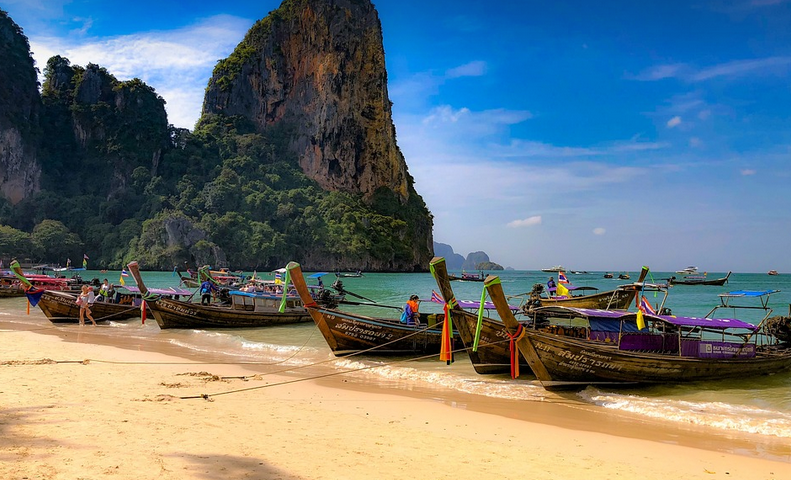Navigating the Waves of International Shipping
Ever dreamt of seeing the world beyond your doorstep? Maybe you have a product to sell across continents or ingredients for a recipe that needs sourcing from afar. Whatever your story, sea pac transport services offer a vital link in the intricate tapestry of international trade.
The rhythm of global commerce is defined by seaborne shipping. Imagine countless cargo containers sailing across oceans, carrying everything from everyday essentials to specialized machinery and innovative technologies. Seapac transport, at its core, ensures that these vessels – often colossal floating behemoths – are expertly navigating the world’s waterways, connecting continents and driving global trade.
But what exactly does “sea pac” mean in this context? Well, it’s a simple yet powerful expression. Sea Pac simply refers to sea transportation services for international trade. It encompasses everything from traditional cargo ships to modern container vessels, each designed to carry diverse goods across vast distances.
So why are sea pac transport services so important for global commerce? Let’s break it down into a few key reasons:
- Scale and Reach: Sea-based transport, unlike land or air, allows for the movement of immense volumes of goods across oceans, connecting markets that are otherwise geographically isolated.
- Affordability: For large quantities of raw materials, manufactured products, or finished goods, sea shipping often offers a cost-effective option compared to other forms of transportation.
- Environmentally Responsible: While some aspects of the maritime industry do have environmental impacts, there are strong efforts to adopt sustainable practices and reduce emissions, like using cleaner fuels and exploring alternative energy sources
- Global Expertise and Reliability: Sea Pac transport companies often possess a vast network of global connections and expertise in handling diverse cargo types. This translates to reliable and efficient logistics management for international shipments.
What are the different types of sea pac transport services?
Seapac transport services come with diverse options, each tailored to specific needs and trade requirements:
- Containerized Transport: This is perhaps the most common form. Goods are packaged into standardized containers for easy handling on board ships.
- Bulk Shipping: For raw materials, like grain, ore, or coal, bulk shipping is used. It’s all about efficiency and cost-effectiveness for large volumes of loose cargo.
- Ro/Ro (Roll-on/Roll-off): This service transports vehicles, machinery, and specialized equipment across the oceans through a dedicated ramp system on ships.
- Break Bulk Shipping: For items that don’t fit into standardized containers or bulk cargo, break bulk shipping is used. Think of furniture, oversized equipment, or goods requiring careful handling.
Choosing the right service depends heavily on your specific needs:
Consider these factors when choosing your sea pac transport provider:
- Cargo Type: What are you shipping? Size and weight, fragility or non-fragility of your goods.
- Destination: Where is your shipment going? Different routes have different costs and available services.
- Budget Constraints: Cost matters. Know your price range before you start shopping.
- Service Level Expectations: Transparency on transit times, customs clearance support, and communication channels is essential for a stress-free experience
The world of sea pac transport is as varied and complex as the goods it carries. Choosing the right service provider can make or break your international trade journey, so always do your research!
Seapac transport services are more than just moving containers; they are the lifeblood of global trade! They connect businesses, economies, and cultures.
